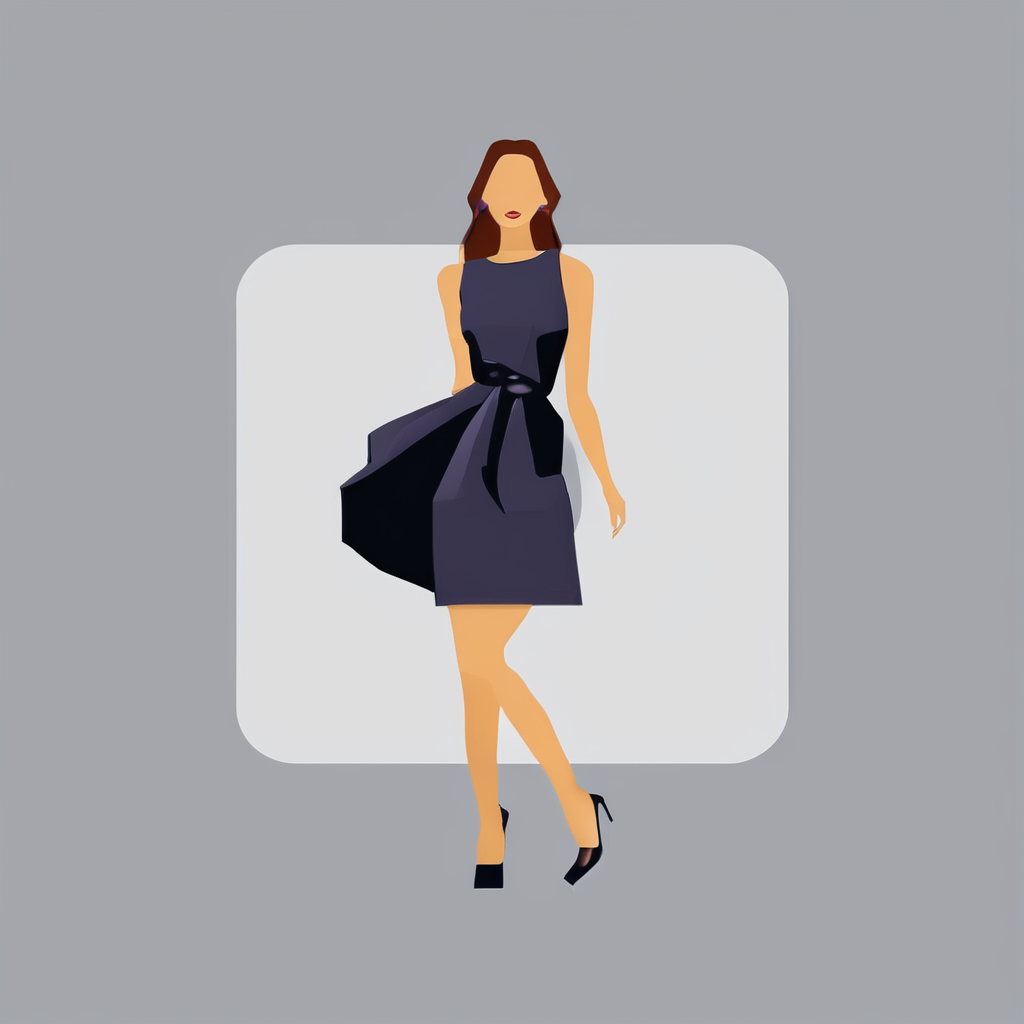Impact of Fashion Trends on Individual Expression
Understanding how trends shape personal style
Fashion trends often spark inspiration for personal style, acting as a creative starting point for women’s fashion choices. When a new trend emerges, it can open up fresh possibilities for wardrobe experimentation, encouraging individuals to try colors, cuts, or fabrics they might not usually consider. This expansion of options helps to refresh and diversify personal expression.
Also to discover : How is the UK Fashion Industry Changing the Perception of Women’s Beauty?
However, fashion trends can also unintentionally narrow choices. Overemphasis on popular styles may pressure some women to conform, potentially limiting the expression of authentic tastes. For example, when a particular silhouette dominates, those who prefer different shapes might feel sidelined. This tension between trend adoption and individuality highlights the importance of selective engagement with fashion influences.
Ultimately, women’s decisions to embrace or resist trends profoundly affect self-expression. Those who blend trendy elements with their unique preferences create a distinctive look that is both current and personal. Conversely, consciously rejecting certain trends can assert individuality, proving that identity in fashion is not just about following but thoughtfully navigating trends to maintain an original voice.
Also to read : What Are the Iconic UK Fashion Moments That Shaped Women’s Style?
Psychological Motivations Behind Adopting or Rejecting Trends
Understanding the psychology of fashion reveals why women choose to embrace or resist trends. For many, adopting a trend serves as a form of identity expression and fosters a sense of belonging within a community. This connection often sparks creativity, enabling women to reinterpret trends in a way that feels uniquely their own.
However, not all trends are accepted outright. Factors like self-confidence play a major role in the selective adoption of styles. Women who prioritize authenticity may reject trends that do not resonate with their personal values or aesthetics. This resistance reflects a desire to maintain individuality rather than conform blindly.
Social media and influencers significantly amplify these psychological drivers. Influencers often model trends that highlight confidence and personality, which can either inspire adoption or fuel skepticism. The constant exposure to curated images pressures some women to conform, while others carefully filter trends to align with their self-image, reinforcing the complex interplay between societal influence and personal choice.
Cultural and Social Influences on Style Choices
Style choices are deeply shaped by cultural influence and societal norms. Women often interpret fashion trends through the lens of their own traditions and communities. For instance, trends like the kimono-inspired jackets or African print fabrics have origins tied to rich cultural histories. These examples show how fashion transcends borders, integrating traditional elements into modern wardrobes.
Fashion communities also play a significant role in encouraging adoption or adaptation of trends. Within groups that share common tastes or backgrounds, peer influence drives choices, reinforcing what is considered stylish or appropriate. This strong sense of belonging impacts how women respond to trends—sometimes embracing them enthusiastically, at other times modifying them to align with personal or cultural identities.
Moreover, diversity in fashion reflects the growing global dialogue between cultures, allowing trends to be seen and worn differently worldwide. Societal expectations add another layer: women may feel pressure to conform to certain styles or reject others to maintain social acceptance. This interplay highlights how fashion is not only about aesthetics, but also about negotiating identity within cultural and social frameworks.
Expert Insights and Research on Women’s Fashion Choices
Fashion experts emphasize the delicate balance between following trends and expressing personal style. According to industry analysis, many stylists agree that while trends provide inspiration, they should not overshadow individual expression. Psychologists highlight that women often adopt trends selectively, integrating elements that resonate with their identity. This blend creates a unique fashion statement that is both current and authentic.
Research reveals that while trend adoption is common, personal adaptation plays a crucial role. Studies show that women usually incorporate key trend pieces while customizing them to fit comfort, body type, and lifestyle. For example, a stylist might advise clients to wear a trending color but pair it with classic silhouettes to maintain a timeless look.
One notable quote from a leading stylist encapsulates this approach: “Trends come and go, but personal style is eternal.” This underscores the value of fashion research pointing to individuality as the cornerstone of meaningful wardrobe choices. By marrying expert opinion with practical industry insight, women can confidently navigate the evolving landscape of fashion.
Strategies for Integrating Trends with Personal Style
Balancing personal style with evolving fashion trends can feel challenging but rewarding. The key is to approach trends as tools rather than rules. Start by identifying trends that resonate with your existing wardrobe and personality. For example, combining a trendy piece, like a bold patterned blazer, with timeless staples such as classic denim or a simple white shirt keeps your look fresh yet grounded.
When blending trends, focus on subtle incorporation. You might choose on-trend colors or accessories instead of overhauling your entire outfit. This preserves your signature style while keeping your appearance relevant. Prioritize quality over quantity: invest in versatile pieces that can be paired with both trendy and classic items.
Maintaining individuality is essential. Fashion serves as self-expression, so experiment thoughtfully to uncover what enhances your confidence. Reflect on your lifestyle and preferences before adopting trends. This approach avoids fleeting fads and builds a cohesive, authentic wardrobe. Remember, the best style is one that makes you feel comfortable and uniquely you.
